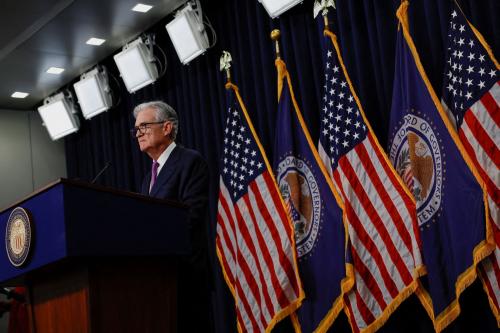

Research
BPEA | 1997 No. 11997, No. 1
SINCE THE INITIATION of the Real Plan in July 1994, after a decade of
failed stabilizations, Brazil has made dramatic progress. Figure 1 makes
the point forcefully: starting from hyperinflation levels, inflation has
been under control for the past three years and there is no sign of it
coming back. But the stabilization program is unconventional and this
raises doubts about its eventual success. Brazil has big budget deficits,
large real appreciation, and a large and growing external deficit; there
has been a major increase in real wages and incomplete progress on
broad-based economic reform. These conditions recall the many failed
programs of Latin America, including Brazil’s own Cruzado Plan of
1986.
Will Brazil stay the course and return to the high growth rates that
it experienced in the 1960s and 1970s and that are common in Asia? Or
will it continue with makeshift policies that lead to increased vulnerability
and stand in the way of such dramatic improvements as have
occurred in Chile and are now underway in Argentina? In particular,
how will Brazil handle the significant real appreciation, growing external
deficits, and incomplete structural reform? With politics seeming
always to take the front seat, will there ever be a good time to attend
to these important issues, which stand in the way of economic
improvement?